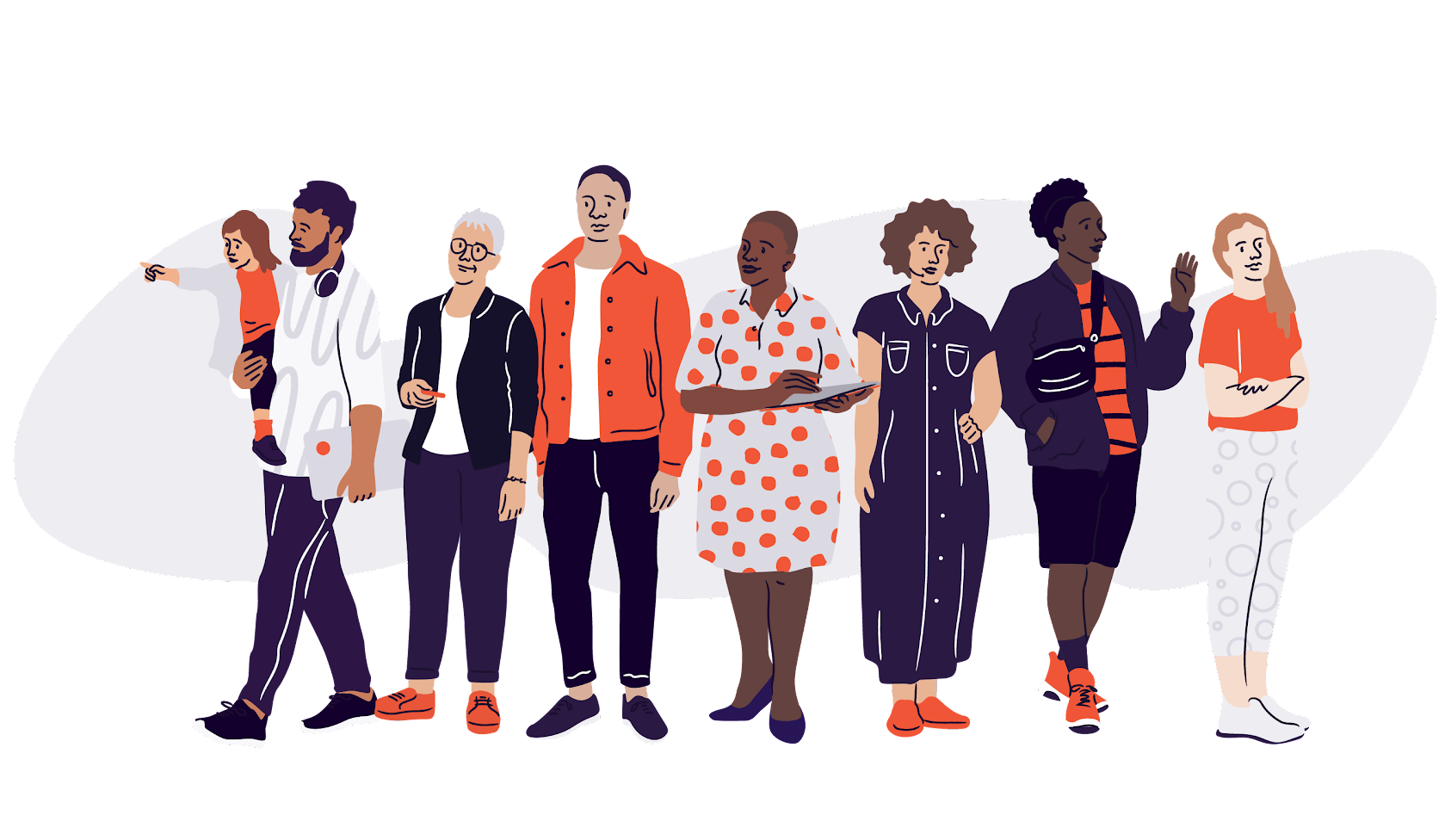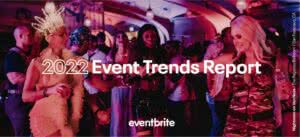Event sponsorship is on the cusp of a new era. The tired old model of logos on banners has no place in the dynamic, digital new world we’ve embarked upon.
After all, events themselves have gotten more eclectic. Today’s sponsors have much higher expectations than simply trading cash for brand recognition. They want to be creatively involved in the collaboration of event experiences. And that’s a good thing for you.
To take advantage of the new era of sponsorship, you need perspective. It’s important to understand where sponsorship was — and where it’s headed. Here are four event sponsorship trends from years gone by, contrasted with where the event sponsorship landscape is headed.
How sponsorship was: Sponsors had two goals for connecting with customers
Conventional sponsorship was a fairly 2D model. Event sponsors wanted two things out of their partnerships:
- Brand exposure to as many people as possible within a broad target market
- The opportunity to network with potential leads at your event
If they could reach people in these two ways, or even just the first one, that was often enough.
Where it’s headed: Sponsors demand deeper, ongoing interactions with attendees
The traditional model of a sponsor rep shaking hands outside a branded booth has transformed drastically. Today’s sponsors interact with attendees in a myriad of ways. They’re participating in Instagram takeovers. They’re hosting imaginative VIP areas and onsite wellness centers. They’re reaching people way beyond the physical event by sponsoring virtual and live-streamed events.
In general, sponsors are increasingly interested in deepening their interactions with event audiences in new and exciting ways. So do your research, and keep an eye out for cutting-edge event sponsorship ideas. Even if they seem far-fetched, they may have a kernel of inspiration that could position you as an event creator who is ahead of the game.
How sponsorship was: Pre-designed with standard inventory
In the past, sponsors expected to order off a menu: Silver, Gold, Platinum packages were the norm. That has shifted as sponsorship has become more customized, and less predetermined.
Accordingly, sponsors are happy to pay for various types of ad and booth space. The rest of the event is up to you.
Where it’s headed: Imaginative, bespoke event sponsorship ideas
Increasingly, sponsors want to be deeply involved in the creative process of your event — and they’re willing to pay for that privilege. Instead of relying on pre-established “inventory” and “assets,” sponsors look to co-create activations that enable them to interact with attendees in bold new ways.
For instance, at SWSX last year, McDonalds used its sponsorship role to bring attendees “inside” a VR Happy Meal box, where they could use virtual craft supplies to decorate the “walls.”
Sponsors want keen creative control over these “pay to play” activations. They hope to engage attendees way beyond logos and social media mentions. They want to help plan aspects of the event that truly engage attendees — like presentations and pop-ups.
How sponsorship was: Sponsors look for standard metrics of success
Proving that your audience matches a sponsor’s target demographic used to be the singular essential data point for event owners hoping to woo sponsors.
Another, of course, is proving that attendance and participation numbers make the partnership worth the sponsor’s while. Typically, those numbers have come from ticketing platforms. For audience demographics and deeper insight into who’s looking at your event, event owners typically turned to Google Analytics. Such basic metrics have long been a standard part of sponsorship proposals.
Where it’s headed: Data has gotten granular
Data has always been important to sponsors, but it’s gotten more descriptive and easier to access than ever before. Having evolved way beyond basic demographics like age and income bracket, data can now dial into exactly what drives your attendees.
For instance, you can now draw on the rich data from sources like social media ad metrics and event surveys to tell your sponsors things like:
- What your attendees do for work
- What they do for fun
- What sort of political views they have
- What music they like
This doesn’t just help you woo sponsors with like audiences. It also helps sponsors design activations that will best serve attendees and create a more thrilling experience.
These insights will help you work more closely and effectively with sponsors in the years to come. But sponsorship will continually evolve to keep pace with events and technology. So the biggest takeaway for any event creator should be to stay nimble as we head into the 2020s.
For more insight into the evolution of event sponsorship, download the free ebook The 2020 Guide to Event Sponsorship.






